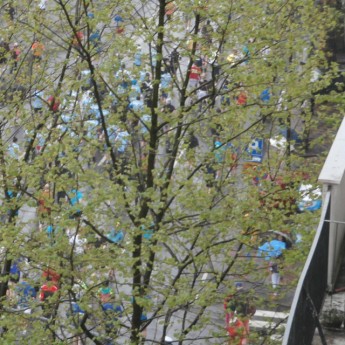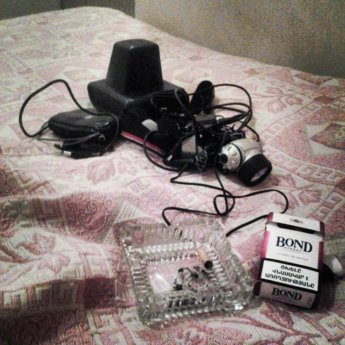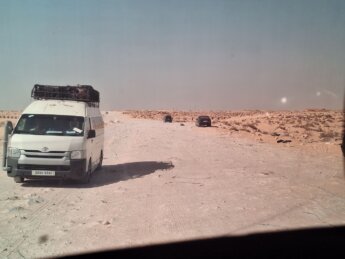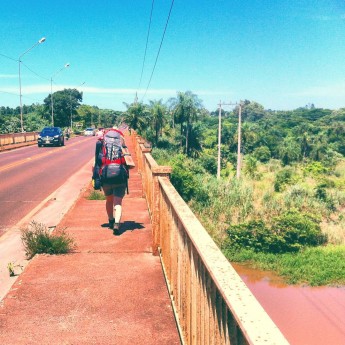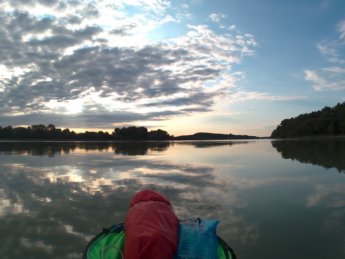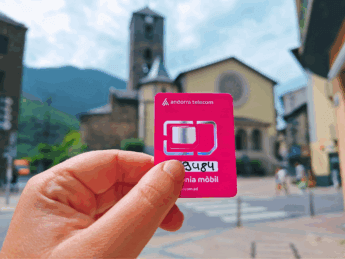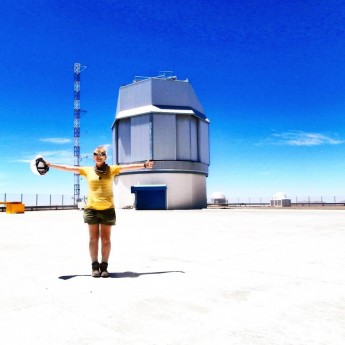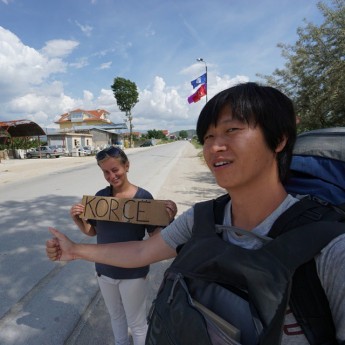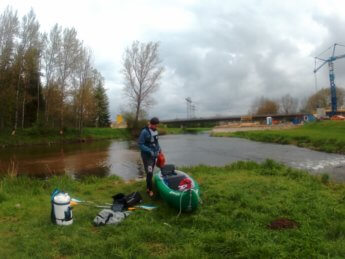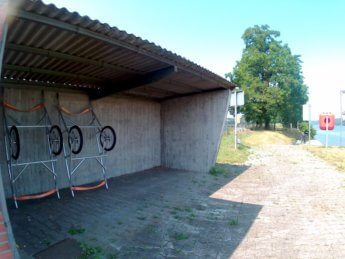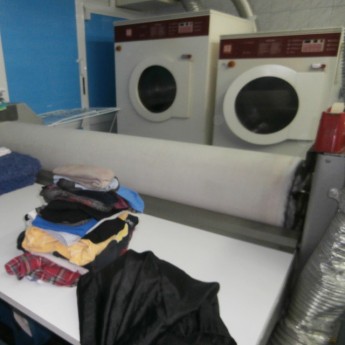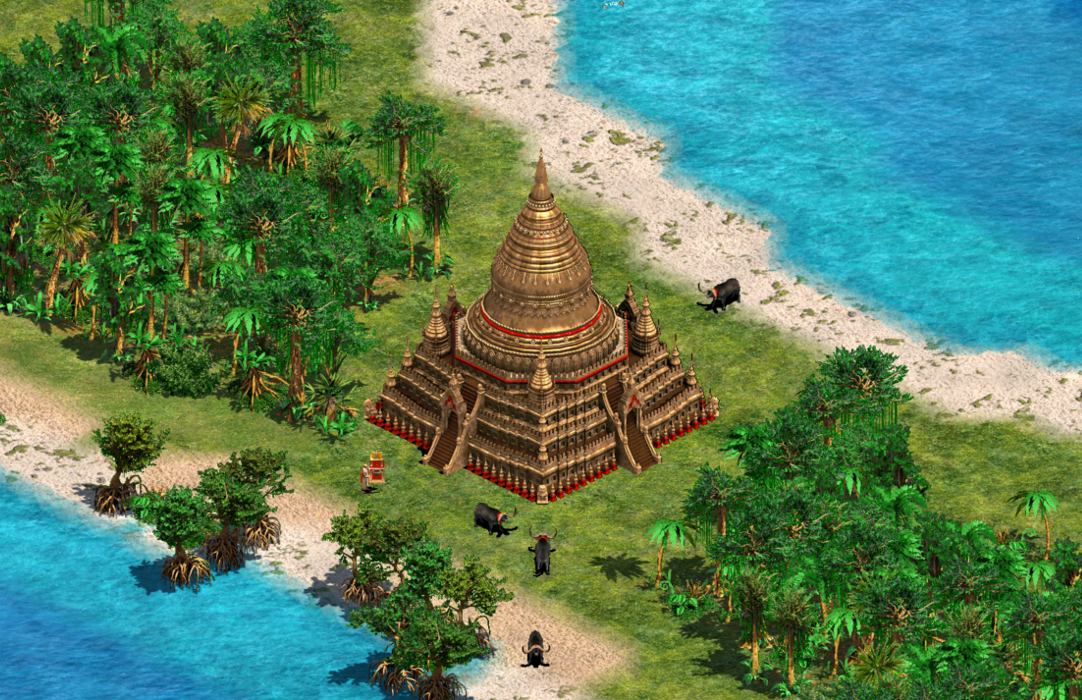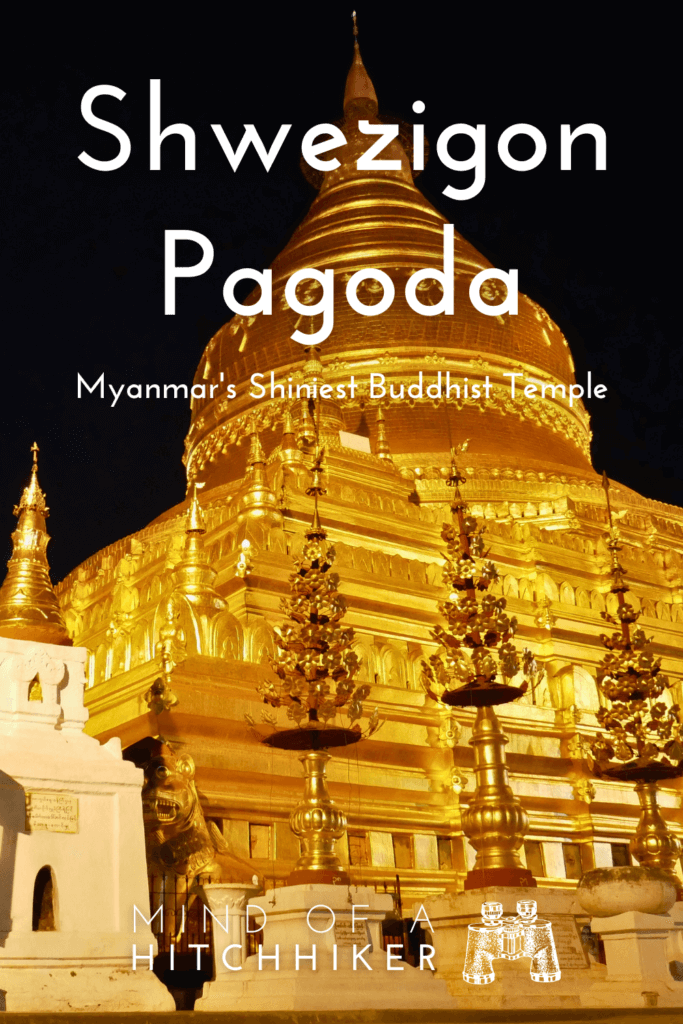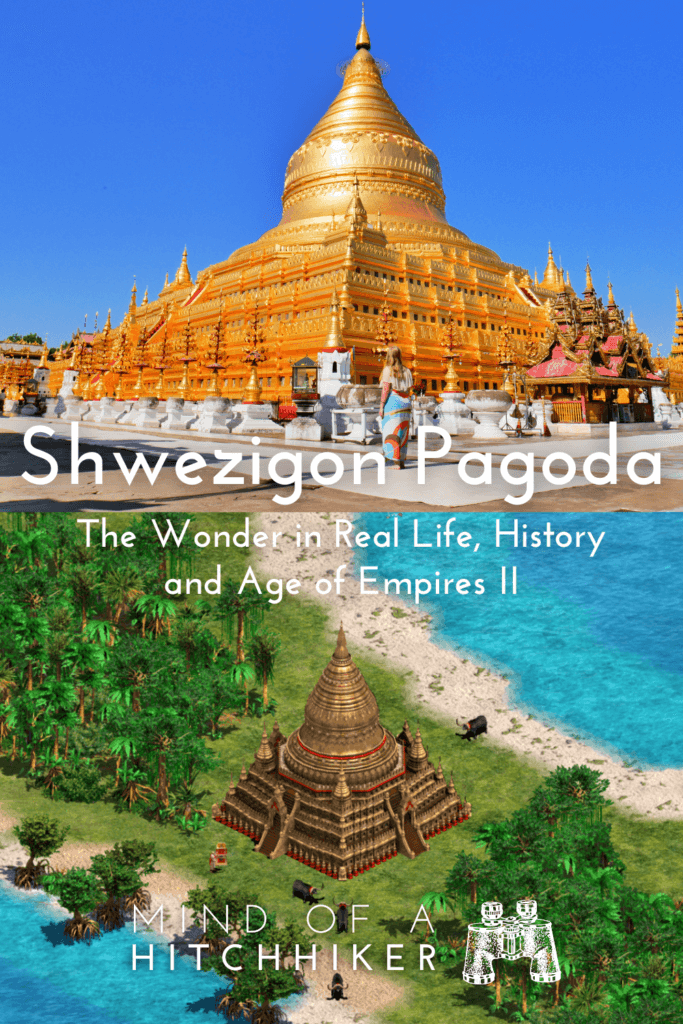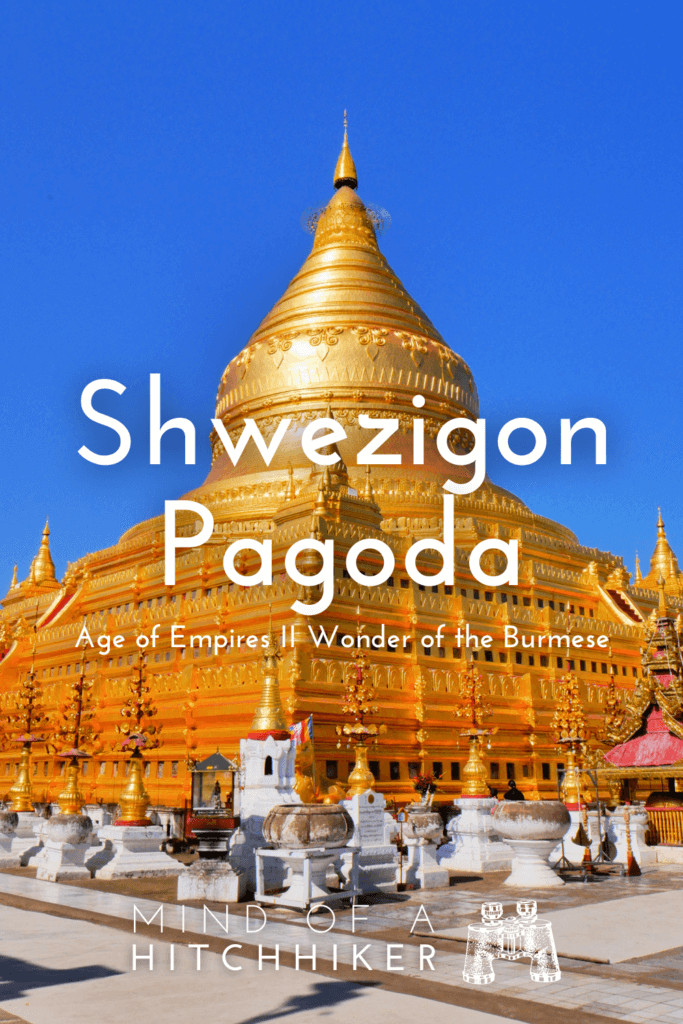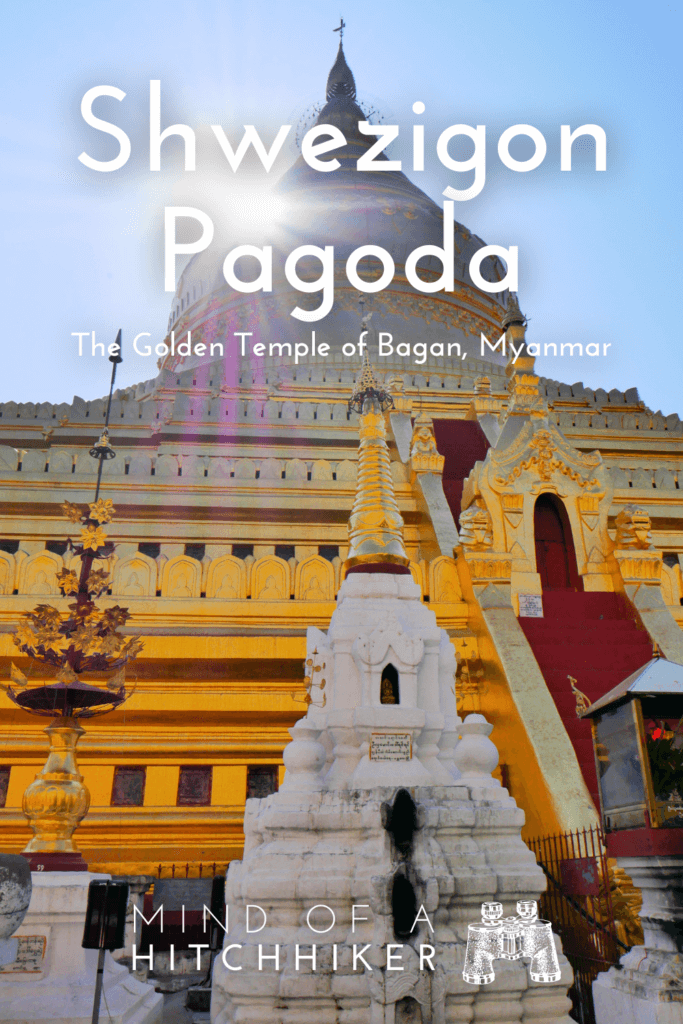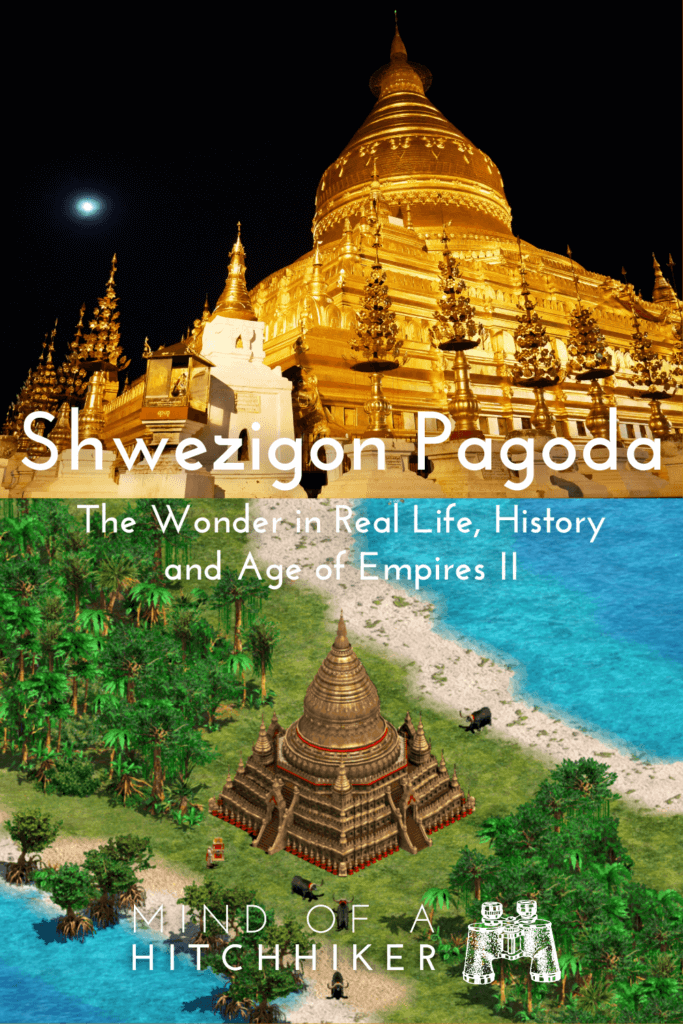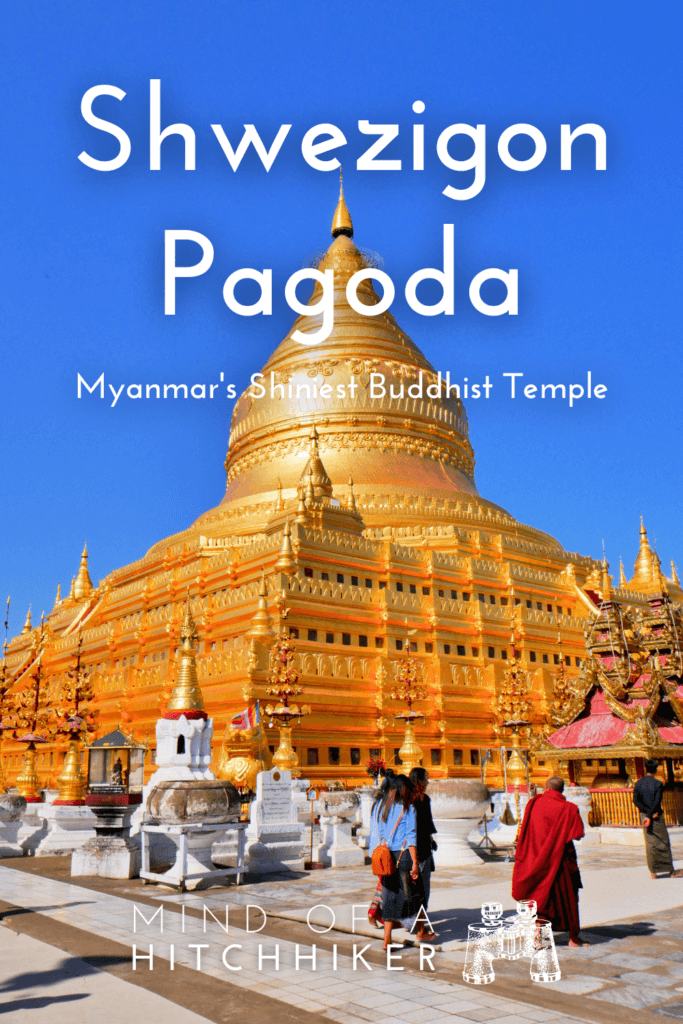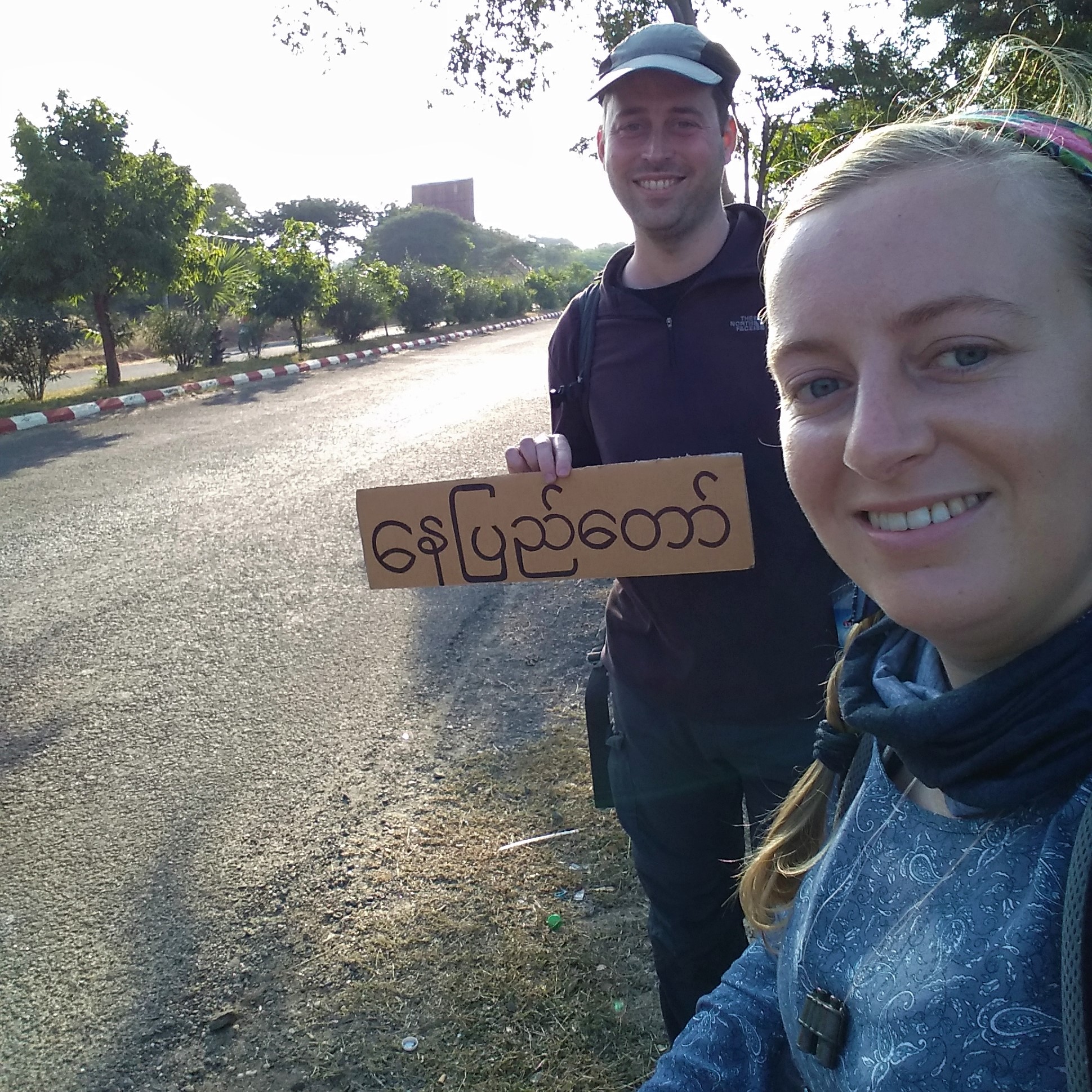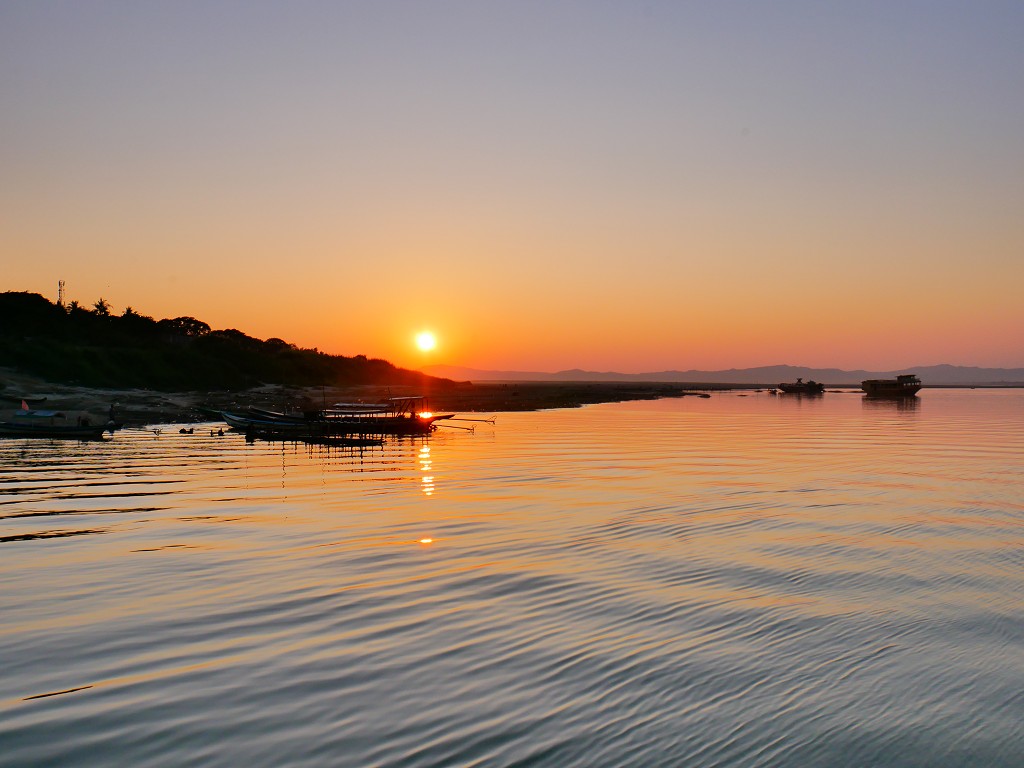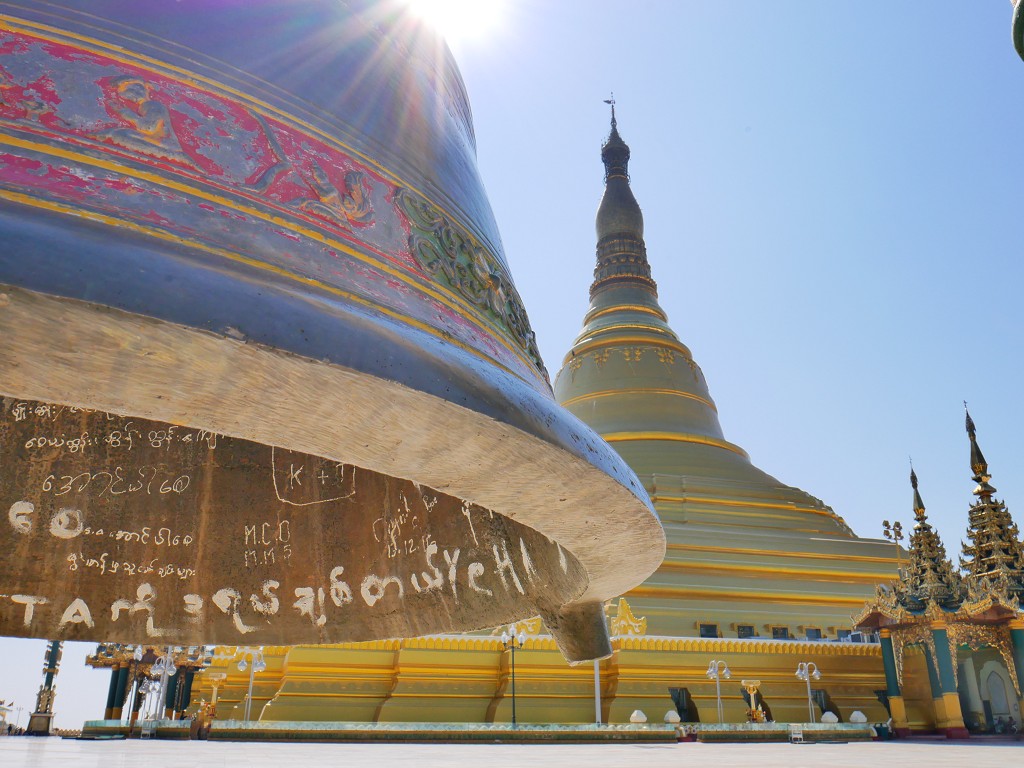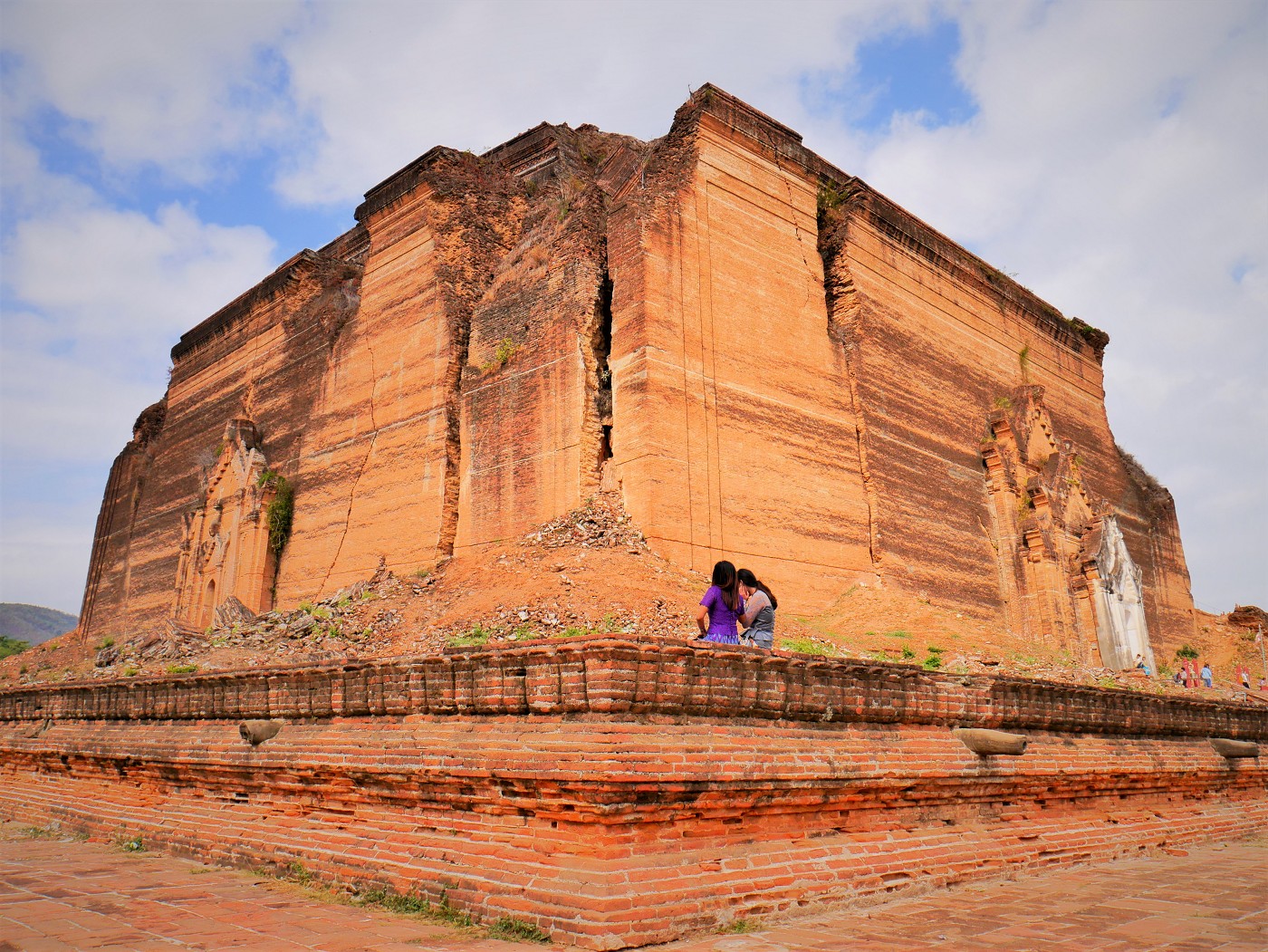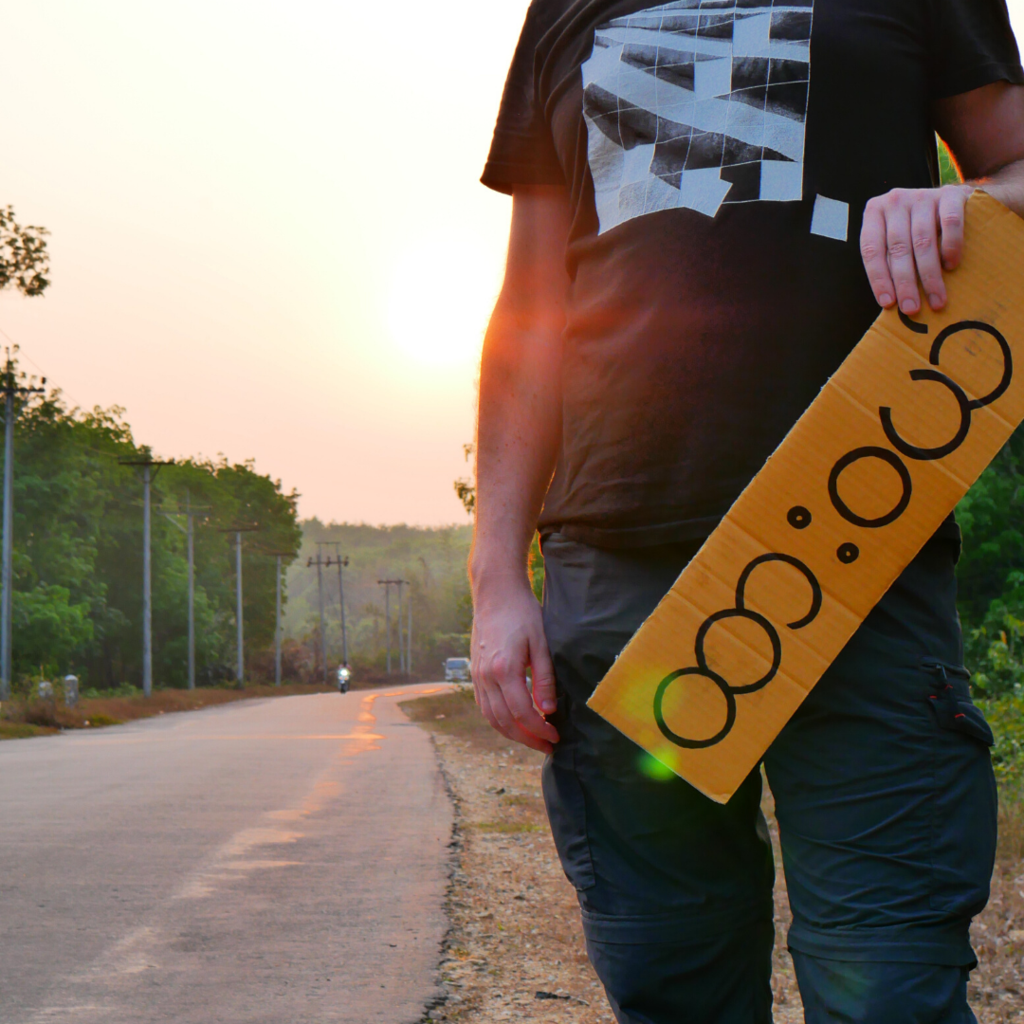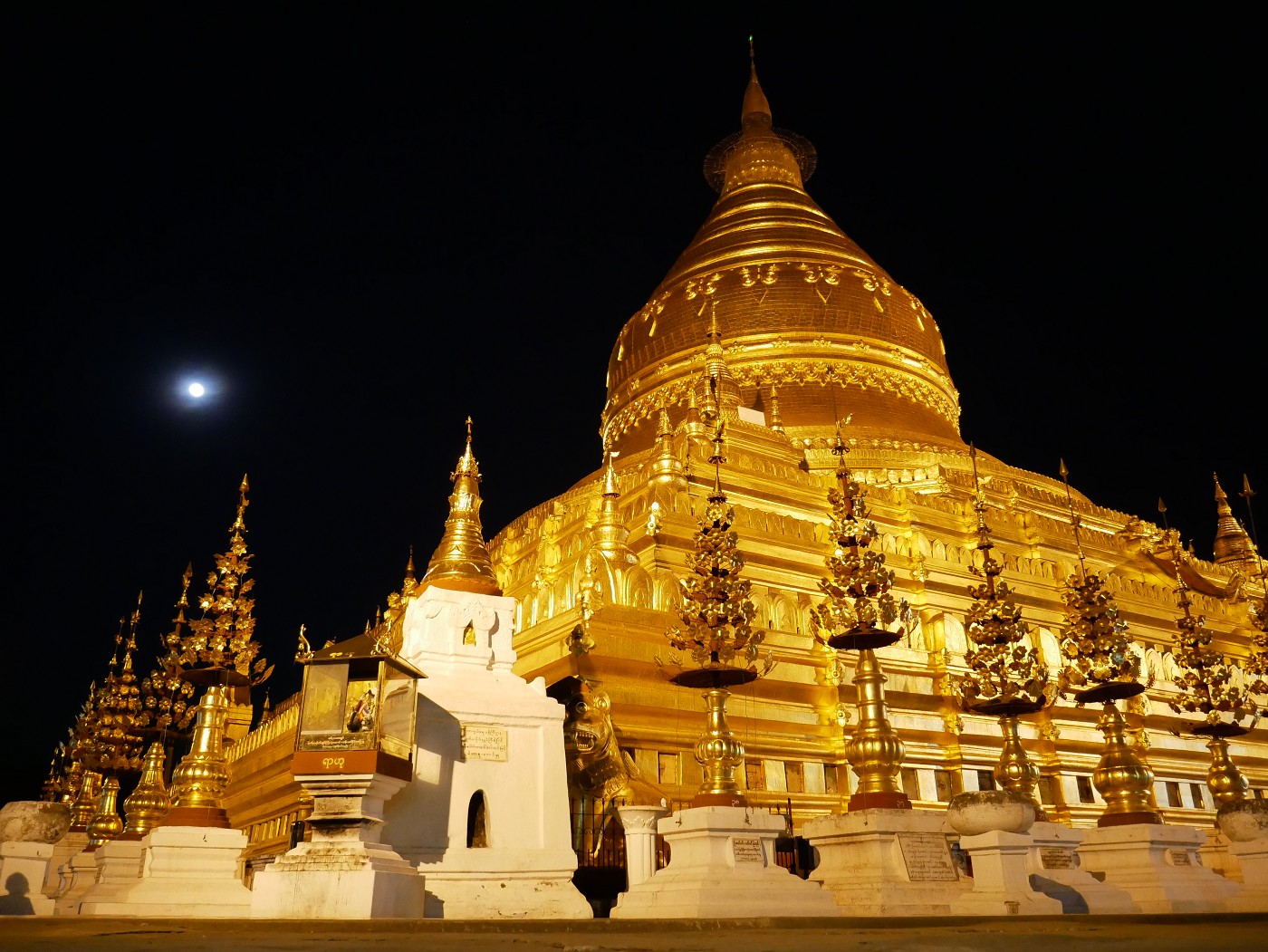
We visited the Shwezigon Pagoda on January 8th and 9th, 2020. This iconic stupa is located in Nyaung-U/Bagan, Myanmar, close to the banks of the Irrawaddy River. During my visit, the mandatory Bagan Archaeological Zone Pass, which cost 25 000 MMK (€16.25), included the Shwezigon Pagoda. The reason there’s a dedicated post to this pagoda is its inclusion in the videogame Age of Empires II.
Contents
First Visit to the Shwezigon Pagoda
While plotting our 28-day itinerary in Myanmar, the Shwezigon Pagoda was the one sight I knew I wanted to see. I had my doubts about Bagan itself because it’s so geared towards tourism. What made it easy and pleasant to travel to Bagan was the Irrawaddy River cruise from Mandalay. That was honestly the best possible way to arrive in the town.
After our first night at the hotel in Nyaung-U/Bagan, we ate a lot at the included breakfast buffet on the rooftop. This was in anticipation of a long day of wandering around the densest concentration of Buddhist temples on earth. Jonas rented an e-bike – which is more like a scooter than a bicycle – and we drove towards the Shwezigon Pagoda with my excellent navigational skills. It wasn’t far from our hotel—just 1.2 kilometers. We parked our scooter on the north side of the temple grounds.
One of the storage spaces in the scooter had a really cool pair of sunglasses left behind by the previous renters. They fit my face quite nicely.
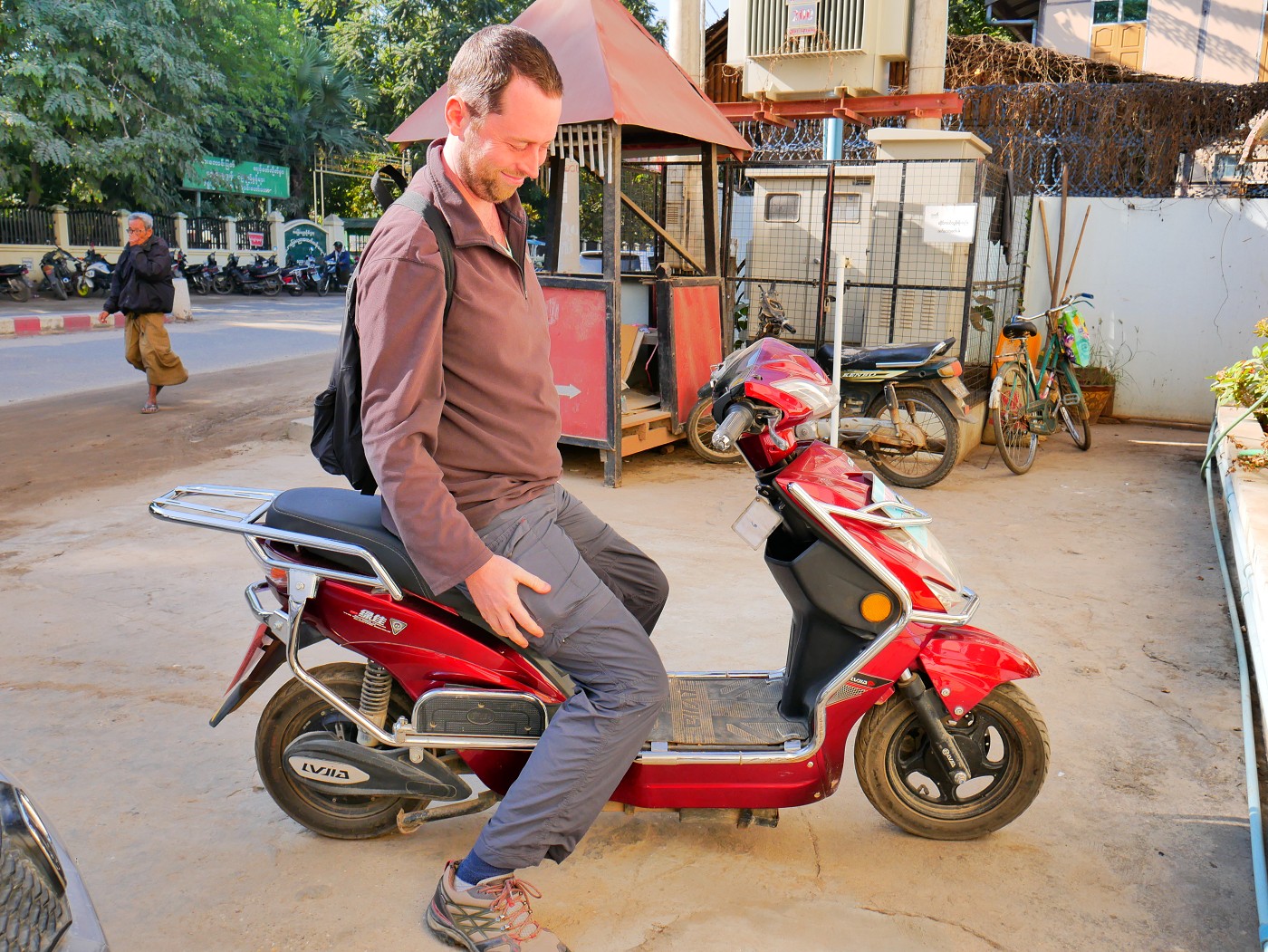
Since we had only been in Myanmar for five days, we weren’t sure if we’d have to pay entrance again. But this proved to be included in the Bagan Archaeological Zone Pass. You just find one of the gates, take off your shoes in the designated zone, cover your legs and shoulders (yes, men too) and walk in.
We spent a good time circumambulating the stupa and admiring the statues and ornaments, the bells and the gongs. It’s apparently also possible to enter the pagoda, but not while we were there or not for foreigners/laymen. Or a renovation, perhaps?
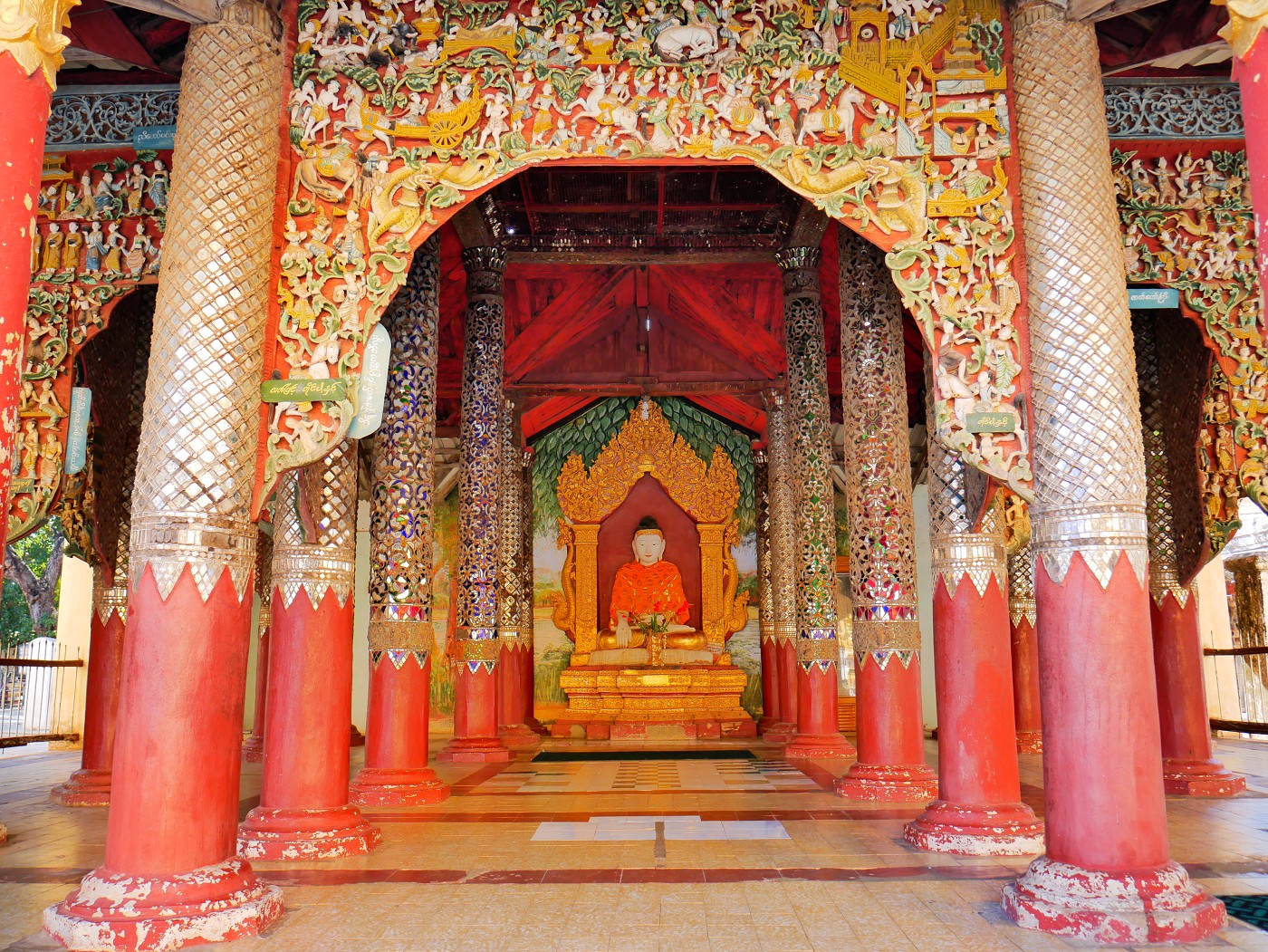
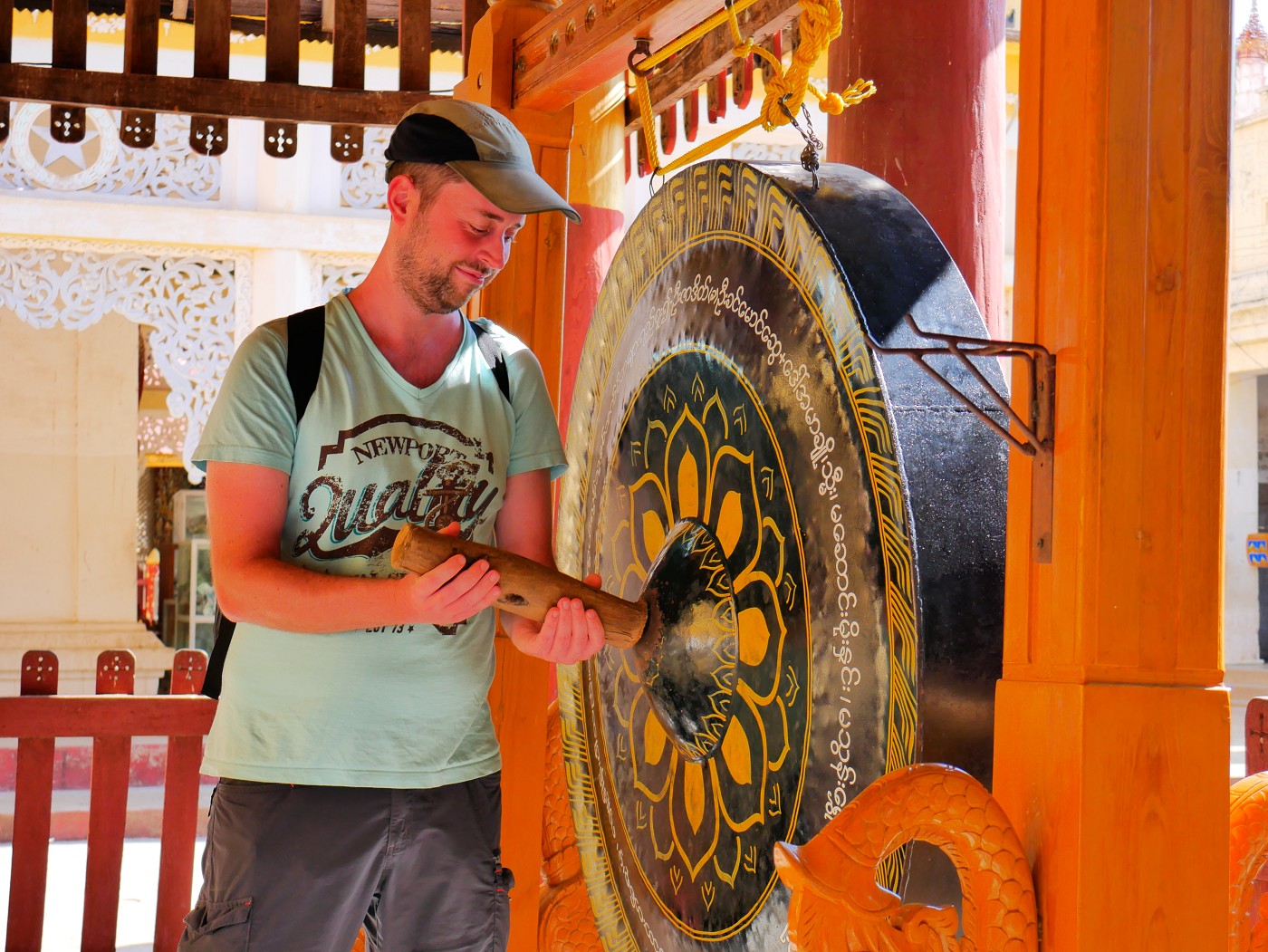
Shwezigon Pagoda was kept a lot cleaner than some of the temple floors we’ve walked across. I think that’s proof of how important this holy site is among Myanma Buddhists. The structure itself is also in excellent condition.
Vista from Bagan Viewing Tower
The following day, we were doing a road trip through a different part of Nyaung-U, navigating with the help of mobile internet. We decided to make a stop at the Bagan Viewing Tower, which is a bit of an eyesore amid this beautiful and soulful temple area. Nevertheless, we paid the entry fee and went up to the viewing platform for sunset. It was a very nice experience, but it did get busy when sundown became imminent.
We didn’t need the fixed binoculars to see the Shwezigon Pagoda, but I did get some nice shots through the binoculars of the shimmering golden dome.
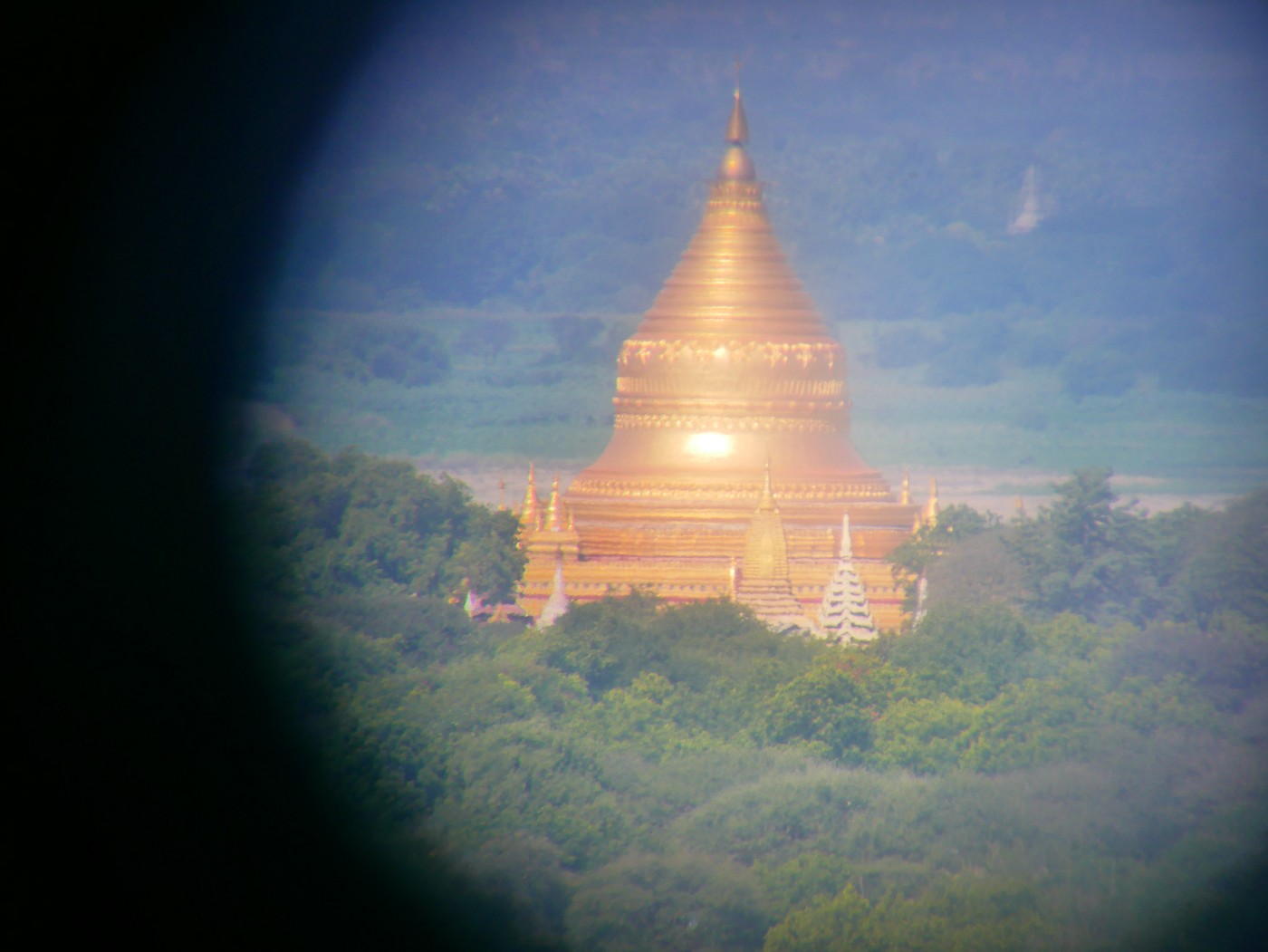
Shwezigon Pagoda Night Visit
That same evening, we decided to drive by the pagoda once more. It’s so close to our hotel anyway and we were very comfortable in our neighborhood. Lit up at night, it’s one of the shiniest pagodas in Nyaung-U and possibly all of Bagan. The floor was also nice and cool and the energy of the people was very good.
History of the Shwezigon Pagoda
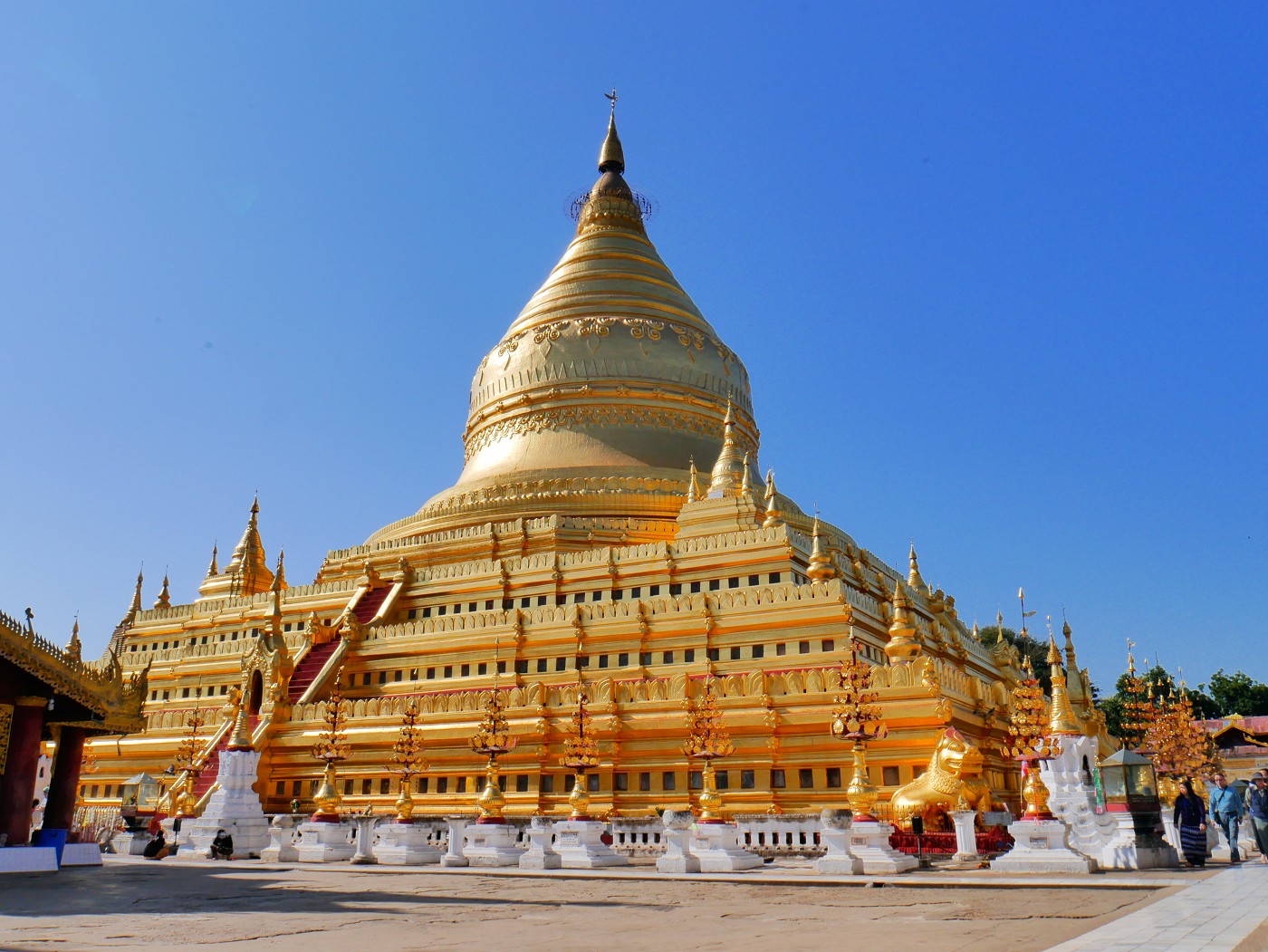
Shwe (ရွှေ) means ‘gold’ and zigon (စည်းခုံ) means something like ‘sandbank’ or ‘dune’. Legend says that King Anawrahta attached one of Gautama Buddha’s relics to a white elephant and let the elephant decide where to build this pagoda. The elephant stopped atop a sand dune near the Irrawaddy River bank.
That was back in the 11th century when King Anawrahta founded the Kingdom of Pagan (Bagan). As the first temple builder of Bagan, he issued the construction of Shwezigon Pagoda, which took 42 years to complete till 1102. His son Kyansittha was on the throne by that time. This dynasty is the foundation of the history of Myanmar.
So Shwezigon is one of the earlier pagodas in Bagan, which predates much of the exponential temple growth in the 11th and 13th centuries. At its height, Bagan featured about 10.000 pagodas. But there are always natural disasters lurking, so that number has decreased today to some 2.200 pagodas. Shwezigon Pagoda has seen its fair share of damaging earthquakes, but it has always been restored afterward.
It has always been a beloved pilgrimage site. It houses or has housed several relics from Gautama Buddha: a collarbone, a frontal bone, and a tooth.
Price to Enter Shwezigon
Entering the Shwezigon Pagoda grounds is free of charge after paying for the Bagan Archaeological Zone Pass: 25 000 MMK (€16.25). This is true as of January 2020. However, that doesn’t mean people won’t try to sell you tickets to enter outside.
This is very different from the famous Shwedagon Pagoda in Yangon, where one does need to pay for entrance. It’s similar to the experience at Uppatasanti Pagoda in Naypyitaw, where no one asked for money—but also almost no one travels to Naypyitaw.
Shwezigon Pagoda as a Wonder in Age of Empires II
In the videogame Age of Empires II, one can play as the Burmese civilization. One way to win a game is by building a Wonder, which is a cultural crowning achievement. In the game, the template of the Shwezigon Pagoda is the Burmese Wonder. This is evident from the shape of the stupa and the number of layers in the foundation. I think the designers of the game did their best to make it look very accurate, which can’t be said for all Wonders.
There are several campaigns in which you can play as or against the Burmese, of which The Rise of the Rajas is the most relevant. Time-wise, you play either in the Pagan Empire period, which matches the date of Shwezigon Pagoda’s construction, and later the Toungoo Empire in the 16th century. Your strength as the Burmese civilization comes from your monks and battle elephants. Sometimes it’s possible to attain victory in the game by building a Wonder (e.g. The Royal Peacock, though the year is 1550), but most in-game campaign appearances are static.
Besides fixed storylines, it can also be a lot of fun to play an open game; can play as Anawrahta or Kyansittha and actually build the Shwezigon Pagoda in the right era.

